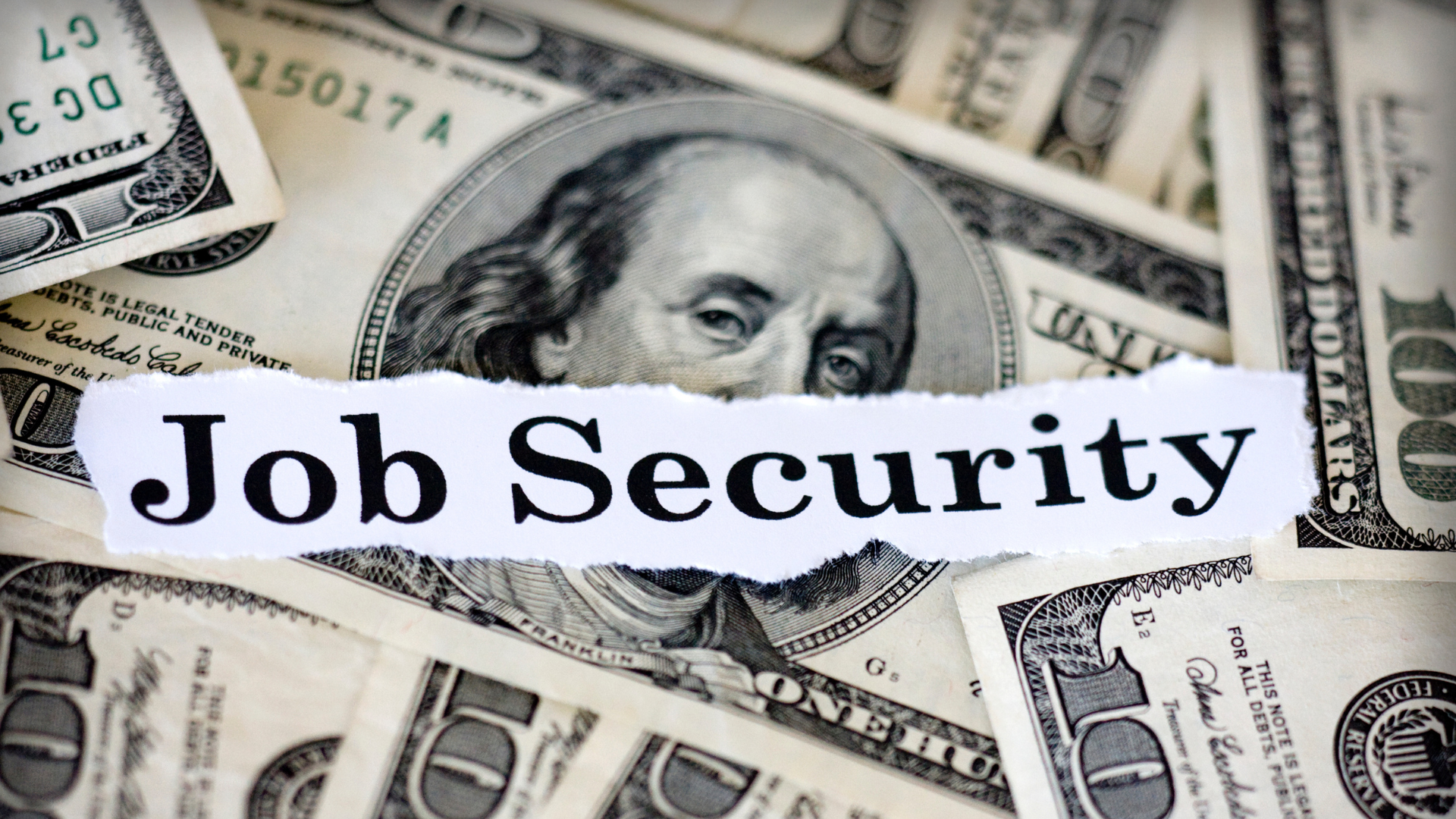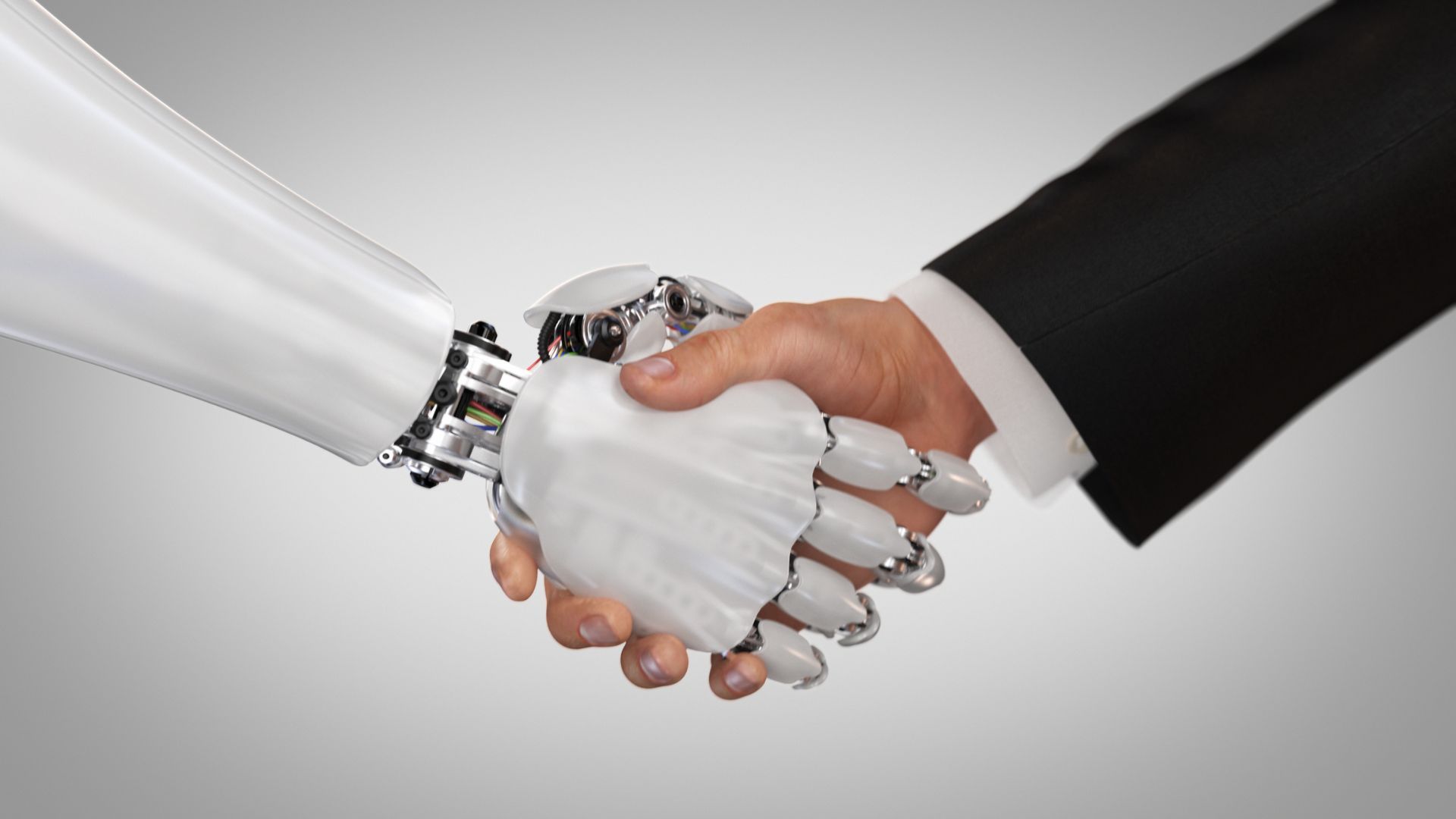Is now the time to leave your current job for a working holiday in 2023?
people2people • March 22, 2023

Are you considering taking a break from the daily grind and living abroad for a while? If so, 2023 could be the perfect year to embark on a working holiday in either Australia or New Zealand. A working holiday allows you to combine the experience of exploring a new country and culture with the opportunity to gain valuable work experience. This blog post will discuss the many benefits of working holidays in Australia or New Zealand in 2023.
What Is a Working Holiday?
A working holiday is a period spent travelling and working abroad. It's a great way to experience a new culture, make new friends and gain work experience in a foreign country. Depending on the country you visit, you can apply for a special visa that allows you to stay and work for up to a year.
Visitors in Australia and New Zealand can apply for a Working Holiday Maker (WHM) visa, which allows them to stay and work in either country for up to 12 months. This type of visa is open to people aged between 18-30 and will enable you to explore both countries while gaining valuable work experience. You can find work in many different industries, including hospitality, tourism, farming, and retail.
As we look ahead to 2023, there is no better time to visit Australia and New Zealand than right now! With the pandemic still ongoing in many parts of the world, travelling to these two beautiful countries will provide an opportunity to explore while safely away from the global health crisis. In addition to the current situation, 2023 offers some unique opportunities for visitors who are interested in taking a working holiday.
Australia and New Zealand have a strong economy, which means job seekers will find it easier to find employment and make their stay much more enjoyable. For example, many industries are looking for skilled workers, and those interested in exploring new career paths could benefit from taking on a working holiday. Additionally, both countries offer a relaxed lifestyle with plenty of outdoor activities, from beaches and hikes to cultural experiences.
2023 marks the 50th anniversary of the Australia-New Zealand Closer Economic Relations Trade Agreement (ANZCERTA), which has opened up several doors for citizens of both countries. As part of this agreement, special work visas are available that allow people to stay in either country for up to 12 months while working. This is a great way to gain international experience and connect with potential employers, which could lead to future job opportunities.
Finally, Australia and New Zealand are incredibly diverse countries with various cultures and traditions that can be explored. Visiting in 2023 allows travellers to fully experience each country's unique offerings, including music festivals, art exhibitions, historical sites, and more. It's also the perfect time to take advantage of special offers and discounts on accommodation, activities, and tours around the year.
What are some of the best places to take a working holiday?
Australia and New Zealand are popular destinations for those looking to take a working holiday. Both countries offer stunning scenery, diverse cultures, and some of the best jobs.
Sydney is one of Australia's most popular cities to take a working holiday. The city is renowned for its rich cultural mix, outdoor activities, and entertainment options. For those looking for a more outdoor experience, there are also plenty of coastal areas to explore, like the Great Barrier Reef, Bondi Beach, and Byron Bay.
New Zealand is equally as attractive for those wanting to take a working holiday. With stunning landscapes, fantastic wildlife, and a great range of cities and towns, it's no surprise why so many people choose New Zealand as their working holiday destination. From Auckland's thriving business district to the incredible Milford Sound in Fiordland National Park, there's something for everyone in New Zealand.
If you're looking for something different, consider South East Asia. Thailand, Malaysia, Indonesia, and Vietnam are popular destinations for those looking to take a working holiday. Whether you're looking for beautiful beaches or bustling cities, there's sure to be something that suits your taste.
What are the advantages of finding work on a working holiday?
A working holiday visa offers a great way to experience life in another country while gaining valuable work experience. As someone on a working holiday visa, you can stay for up to 12 months in Australia and New Zealand countries. During this time, you can work for an employer and gain real-world skills that you can use for future job prospects.
There are numerous benefits to finding work on a working holiday visa. Firstly, you can experience a new culture and explore a new country. Thus, it allows you to make friends worldwide and immerse yourself in another way of life.
Taking on a job while on holiday gives you a chance to earn money while travelling. Therefore, you can cover expenses such as accommodation, transport, and food while abroad. It can be especially beneficial when visiting Australia or New Zealand, where living costs can be high.
Taking on work during your stay allows you to gain valuable work experience and skills that will benefit you in the future. Not only will this help you develop your CV, but it will also broaden your professional network and knowledge. Working in a foreign country can give you a competitive edge when searching for employment back home.
Be sure to read up on the visa requirements for each country you're interested in visiting. Every country has different visa rules and regulations, so it's essential to know these before you begin your search. It can also be beneficial to create a resume highlighting the skills and experiences employers in that country are looking for. Finally, be prepared for interviews and job applications, as this is one of the essential steps in securing a job. With the proper preparation, you'll have no trouble finding work abroad in 2023!
2023 is the perfect time to embark on a working holiday in Australia and New Zealand. With many of the world's economies still recovering from the pandemic, this may be an excellent opportunity to take a break from your day-to-day life and experience some of the unique cultures and landscapes these countries offer. Whether you're looking for paid work or want to explore, plenty of activities suit everyone's needs.
Find the job you love I Find the right talent
Get in touch with people2people
Australia
I
United Kingdom
In business since 2002 in Australia, NZ, and the United Kingdom, people2people is an award-winning recruitment agency with people at our heart. With over 12 offices, we specialise in accounting and finance, business support, education, executive, government, HR, legal, marketing and digital, property, sales, supply chain, and technology sectors. As the proud recipients of the 2024 Outstanding Large Agency and Excellence in Candidate Care Awards, we are dedicated to helping businesses achieve success through a people-first approach.






